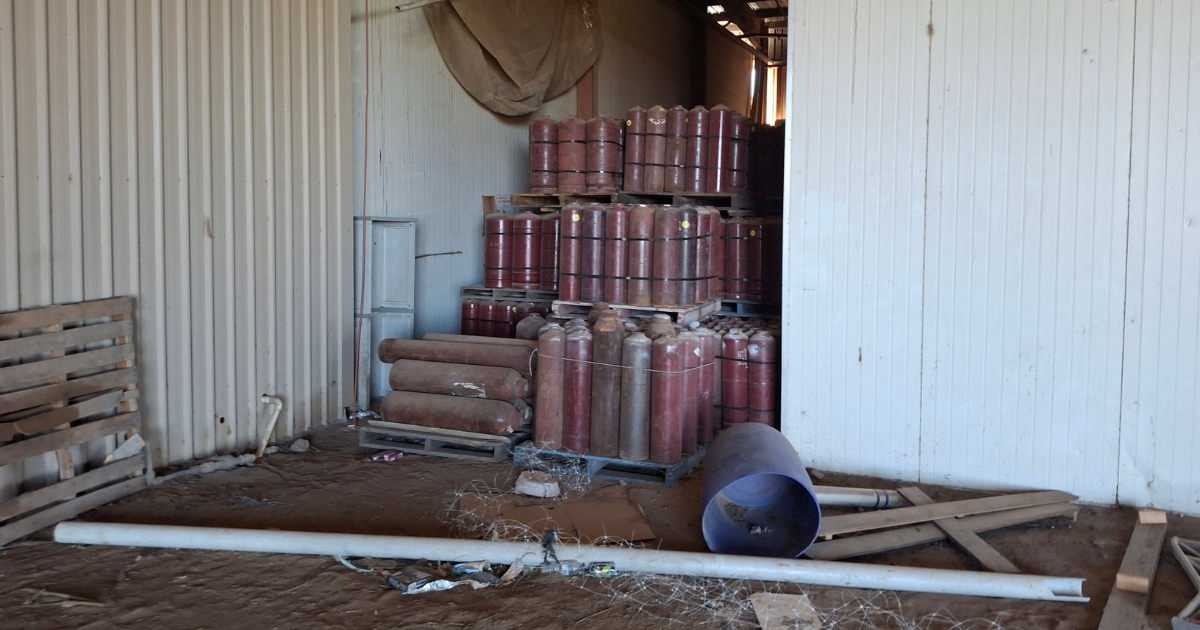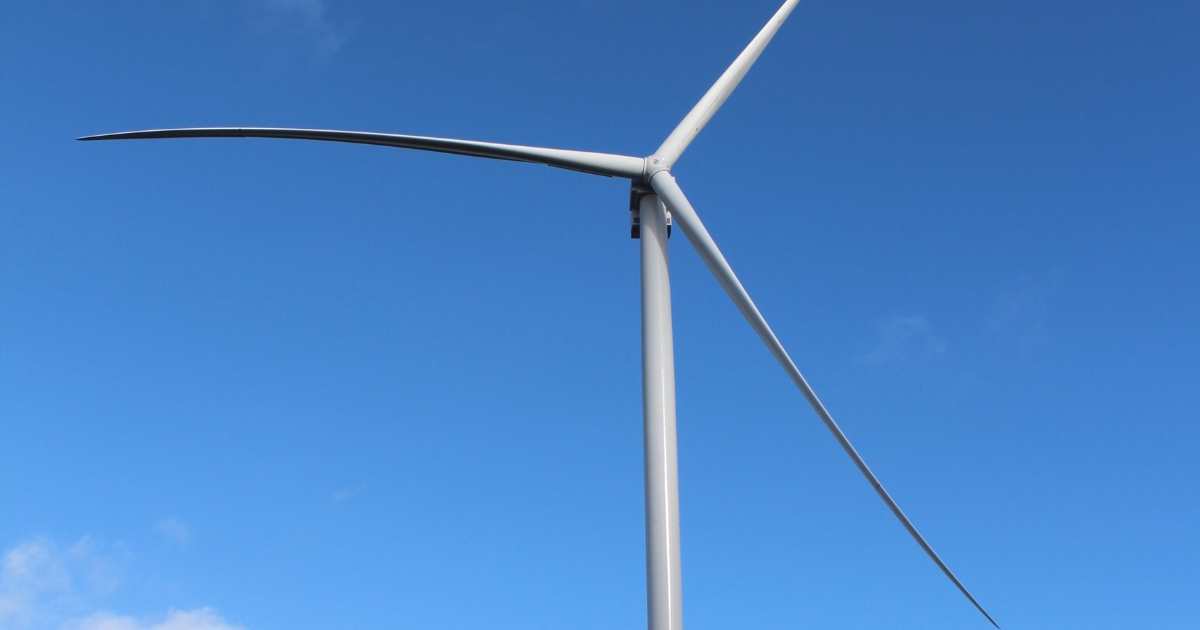The Science of Cooking: Understanding Heat, Timing, and Taste

The most important thermodynamic factor in delivering high quality cooking is probably delivering the right amount of heat.
Most of us can cover the basics when it comes to cooking — we can get a meal on the table when we need to. You’d probably be hard pressed to find someone who can’t boil some pasta, brown some mince, and throw some crushed tomatoes and herbs over it. At the same time, we all know great food when we taste it: the subtle differences in texture, flavour, and appearance that sets a truly impressive food experience apart from the everyday.
So what is it that really sets a good cook apart from an average one? Well, you don’t need to become a professional chef and buy poultry wholesale to figure it out, but you will probably need to practise, because good cooking doesn’t just come from following a recipe.
Feel the Heat

The truth is, cooking is chemistry. No, you don’t need a kitchen full of beakers and chemicals to get it right. You’ve got the most to gain first and foremost by learning how to use heat: at its core, cooking is the art of energy transfer.
The most important thermodynamic factor in delivering high quality cooking is probably delivering the right amount of heat. Undercooking or burning your food is the easiest way to have it wind up in the bin (especially if it’s meat). Heat is the core component in cooking because the transfer of energy is what causes chemical reactions, and those chemical reactions are what drive the changes in flavour that help make the whole of a finished piece of cooking greater than the sum of its parts. Therefore, it does really matter what temperature you boil your pasta at, or whether or not you rinse it with cold water afterwards.
But the temperature isn’t all that matters.
Timing is Everything
Timing can be just as crucial as the amount of heat used. After all, the amount of energy transferred from a heat source to your food is a result of the level of heat and the amount of time it spends in contact with that heat.
But it’s not just about cooking something for long enough, either — sometimes you need to increase or decrease the amount of heat applied at different times in cooking. Take cooking a steak for example — any in-the-know cook will tell you that it’s important to get a good sear on a steak before cooking it through. That means getting the pan nice and hot before throwing your meat on. This initial burst of heat browns the meat, using what’s called the maillard reaction to release flavours held by the natural sugars and fats in the meat. But if you keep the heat set to high the whole time, your steak is bound to burn before the inside is cooked properly (unless you like it blue).
This same principle applies to many different foods. While some foods, like bread, require a more consistent application of heat, and will actually produce very unstable or even inedible results if heat varies too much, other dishes like paella absolutely require specific timing and variability of heat to come out tasting the way they should.
And yet, the amount and timing of heat still isn’t all you have to keep in mind.
The Right Tool for the Job
The way heat reaches your food matters is crucial to the success of your dish. You can apply the same amount of heat at the same time and in the same intervals to a steak by boiling it in oil at two different temperatures as you can using a pan to sear and then cook it — but it wouldn’t be the same, now would it? Different strokes for different folks…or different foods.
There are four noteworthy methods of applying heat to food:
-
Conduction
Cooking a steak on a pan is a perfect example of conduction: heat is transferred directly from a solid surface directly to the food by touching it. This includes tools like frying pans, grills (although these benefit from convection and radiation, too), griddles, and woks, and it is usually best used for foods that benefit from the aforementioned maillard reaction, since it requires rapid, high heat transfers, or more precise application of different amounts of heat to different parts of a dish.
-
Convection
Convection requires using a fluid medium to transfer heat rather than a solid one. This is the type of heating used by ovens, air fryers, sous vide cookers, or deep fryers. In contrast to conduction, convection is best used when an even, thorough application of heat is required in order to perform consistent heating or uniform cooking reactions. Bread is the perfect example: in order for yeast to cause bread to rise evenly, the yeast must both be distributed evenly throughout the bread, and also heated evenly.
-
Radiation
Radiation cooking involves exposing a heat source to food that transfers energy by means of waves, usually light (or, more precisely, infrared radiation), or microwaves. Methods of cooking using thermal radiation include toasters, microwave ovens, broilers, charcoal grills, and cooking over open flames. Depending on the frequency and intensity of the waves and the density or consistency of the food, radiation can be used to apply either consistent, thorough heating, like a microwave, or more direct, intense cooking, like a charcoal grill searing a steak (not the grill marks — that’s conduction).
-
Induction
Induction is a relatively new cooking technique, and the most popular way of using it is an induction stove. These high tech stovetops use a copper coil placed under a smooth surface, and harness an alternating electromagnetic current to excite the electrons in the steel or copper cooking surface. This is a really novel and energy efficient way to cook, but it’s not popular yet as a result of the cost — it’s typically more expensive than other methods.
Whatever food you choose, and whatever methods and tools you use for the job, it’s crucial to follow instructions precisely and familiarise yourself with the ingredients you’re cooking if you expect a consistent result. That said, it never hurts to experiment, as long as you keep your expectations in check — it’s actually a great way to learn new things, and the only way to create new recipes.
//SPONSORED CONTENT



















